Suburbia: American dream or residential nightmare, asks multidisciplinary show
‘Suburbia. Building the American Dream’ digs deep into the archetypes, rise and realities of suburban living, at Centre de Cultura Contemporània de Barcelona
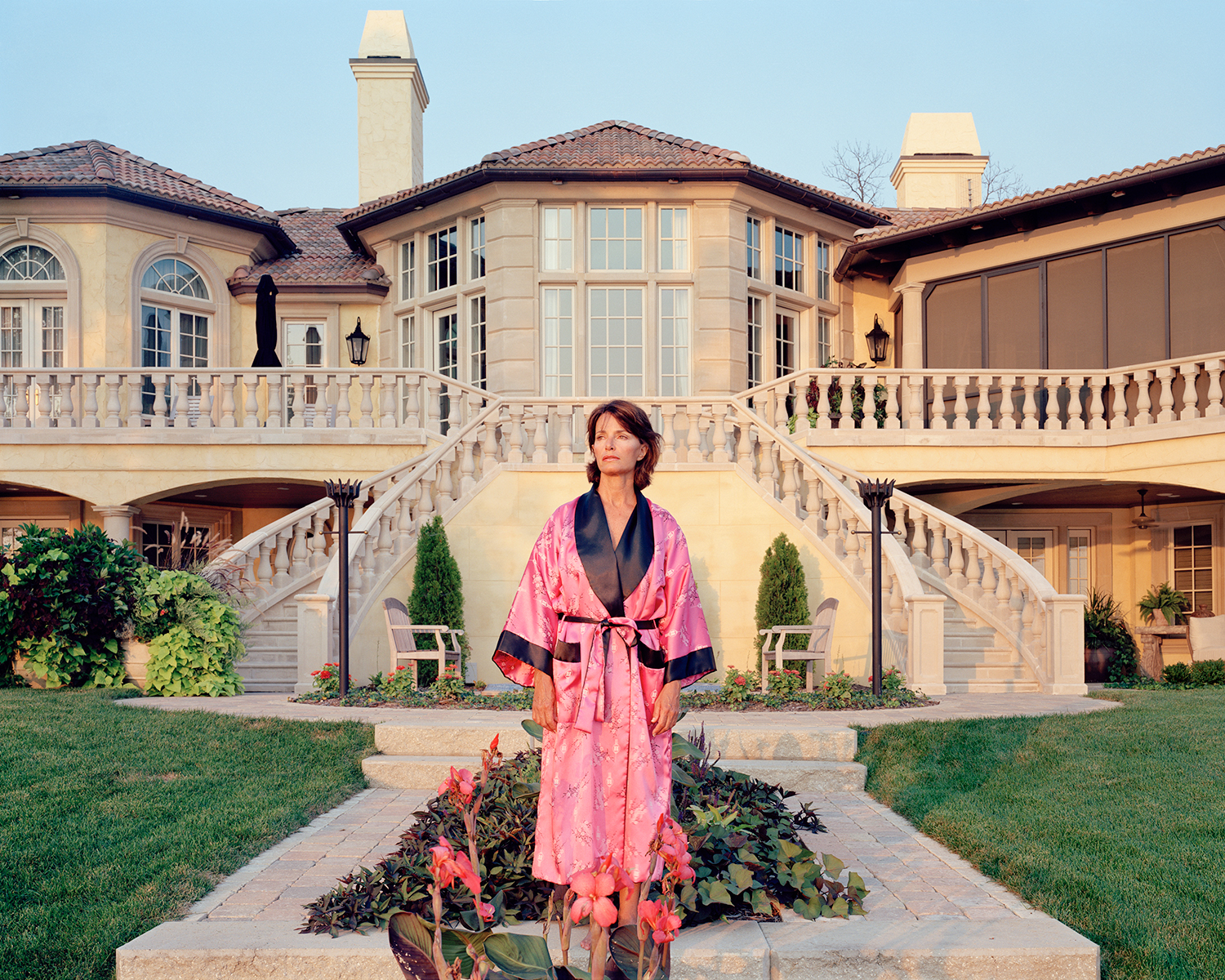
Suburbia and the American Dream are perpetually connected, the former’s seemingly uniform pristineness acting as a primary signifier of all that the latter promises. For close to a century now, the two have been celebrated, criticised, performed and marketed across literature, art, film, and advertising, while the material pillars of picket-fenced neighbourhoods have been emulated by architects and city planners around the world.
‘I remember as a child being glued to the television, asking my mother why Americans lived in such big houses, surrounded by lawns, with a couple of cars in the garage,’ recalls Spanish journalist Philipp Engel, the curator behind ‘Suburbia. Building the American Dream’, on show at Centre de Cultura Contemporània de Barcelona (until 8 September 2024). ‘There was always [in these shows], the exterior shot of a house, very similar to the photos in real estate agency windows.’
‘Suburbia. Building the American Dream’ at CCCB
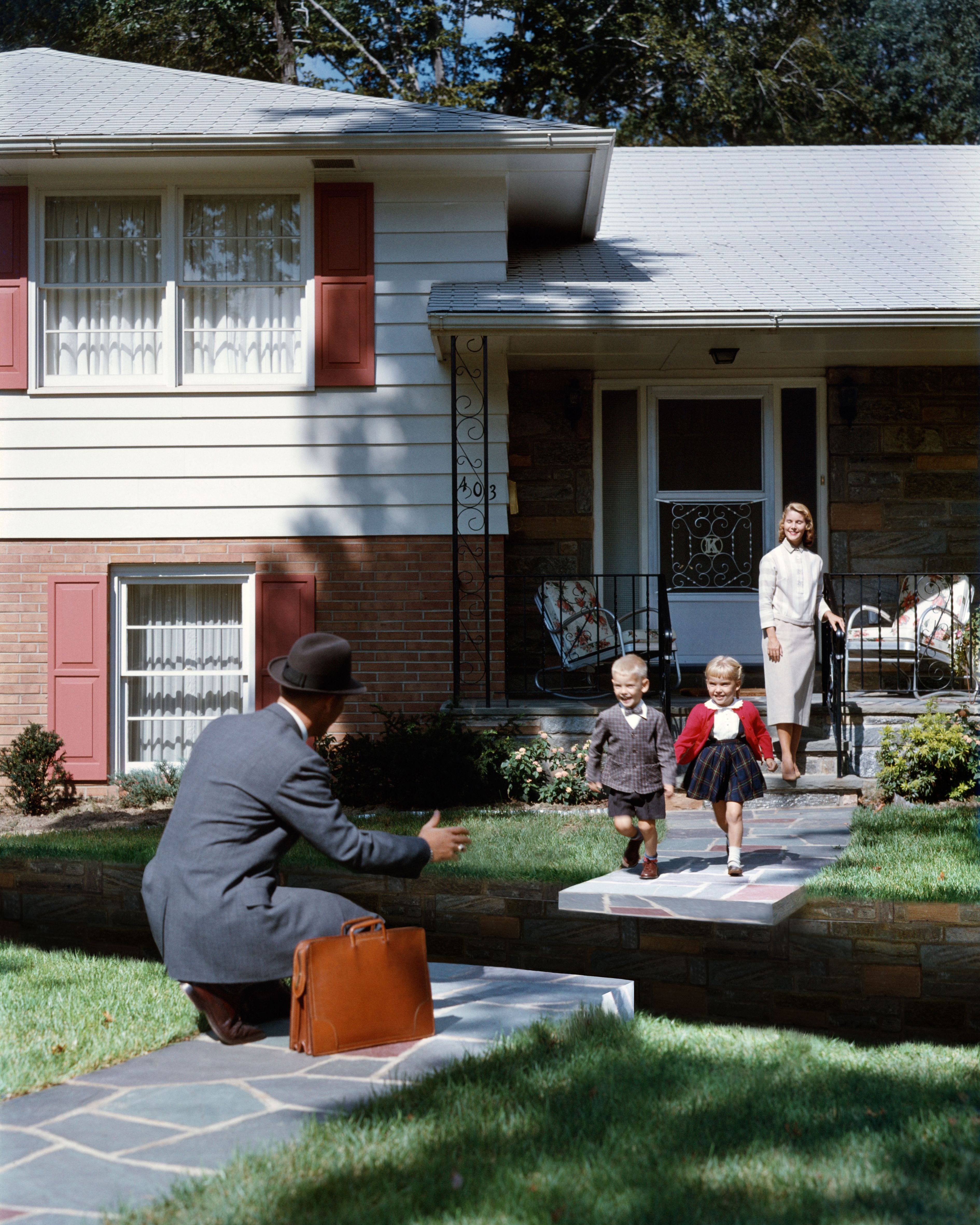
Weronika Gęsicka, Untitled #52, from the series Traces, 2015-2017
An exhaustive survey into the ‘suburban desire’ generated largely by American pop culture, the exhibition employs photography, painting, audiovisuals, literature and everyday objects to examine how these archetypal residential areas became so prevalent in the States and so widely duplicated elsewhere, concurrently addressing aesthetics while engaging with their social, geographical and political characteristics.
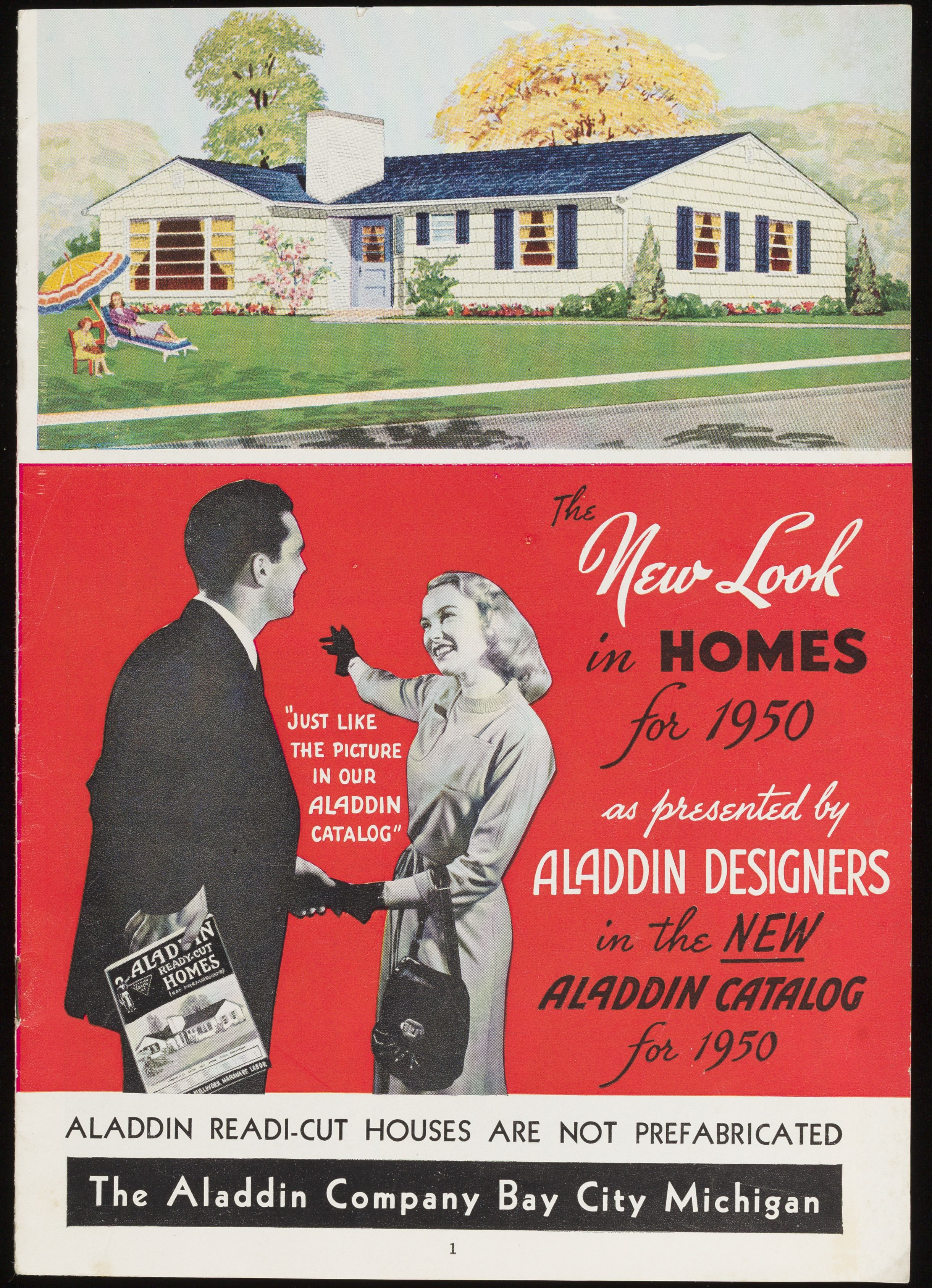
Advertising for The Aladdin Company housing catalogue, 1950
Relaying his entry point, Engel suggests that it’s ‘a subculture with abundant literature. I started at the beginning, which according to Crabgrass Frontier author Kenneth T Jackson, could be Brooklyn of 1814, when the ferry line was inaugurated.’ Indeed, despite misconceptions owing to the swell of attention that post-war suburbia initiated, gated communities began emerging in tandem with the country’s Industrial Revolution. Split into five sections, the exhibition opens with this burst of segregated infrastructure in ‘Planning a Dream’, while rooms such as ‘The Residential Nightmare’ and ‘Post-Suburbia?’ follow.
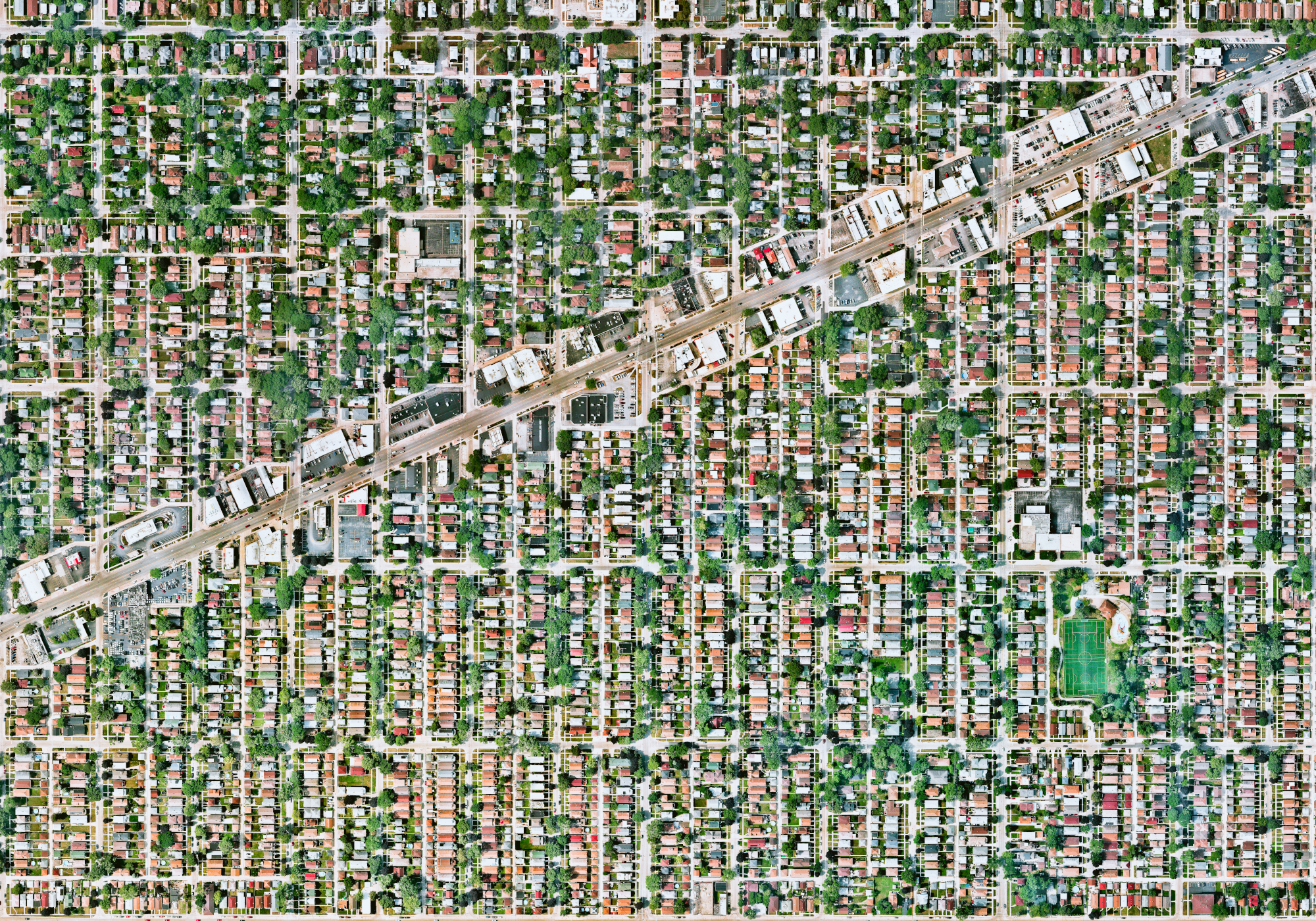
Benjamin Grant Berwyn, Illinois, 2023
‘The idea was to answer the question of why Americans live in suburbia, from the most diverse angles,’ continues Engel. ‘Explaining the causes and consequences, showing that this lifestyle of the single-family home did not arise by chance, but was planned to generate an ideology in contrast to others that could be considered anti-American. Quickly we saw that we could structure our discourse through a multidisciplinary exhibition, because although it can be described as imperialist, American culture and imagination are immensely rich and fascinating, largely due to their ambivalence. They offer the best and worst, sometimes at the same time.’
Additionally, he remarks, ‘There is a strong tendency in the collective imagination, to believe that suburbia has been frozen since the 1950s, when the reality is complex. In the exhibition, for example, we contrast Trump’s “suburban dream” speeches with Weronika Gęsicka, an artist working with images intended for advertising in the 1950s, distorting them with Photoshop.’
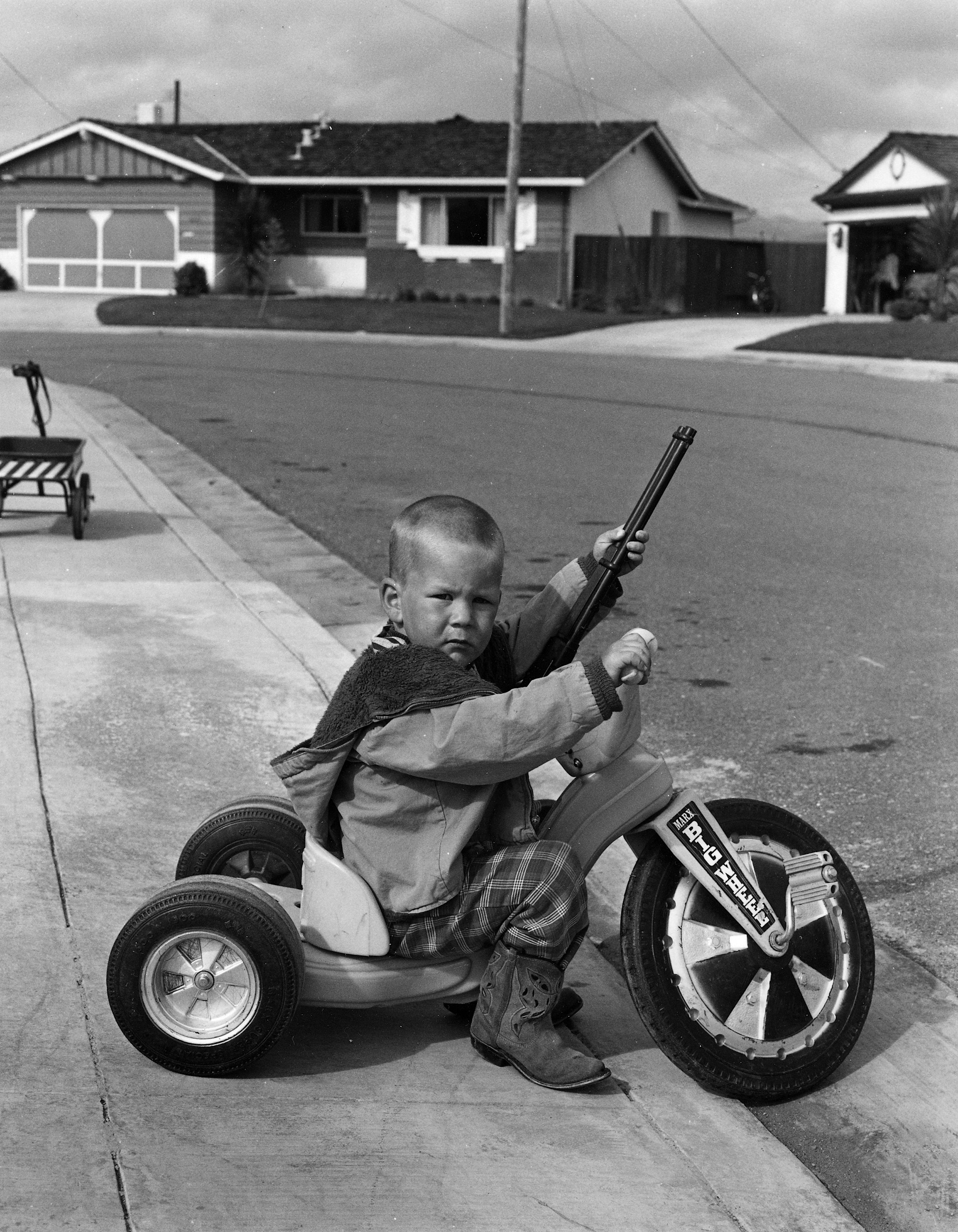
Bill Owens, I don't think Richie's playing with guns should have a negative effect on his personality (he already wants to be a cop), 1972
Moreover, beyond Gęsicka’s surreal visuals, an unintentional but ultimately rewarding discovery for Engel was the wealth of photography that honours the subject, and it subsequently became the exhibition’s principal vehicle for storytelling. ‘I come from cinema and literature, and while some things were clear, what I didn’t see coming was that photography by great authors would become the dominant artistic medium,’ he says.
Receive our daily digest of inspiration, escapism and design stories from around the world direct to your inbox.
Works by Gregory Crewdson, Joel Meyerowitz and Ed and Deanna Templeton are amongst those that highlight suburbia’s homogeny, while images from Bill Owens’ highly acclaimed 1973 book Suburbia are, significantly, granted a whole room. ‘He was the first to photograph his neighbours, in the early 1970s, and so his work is the heart of the exhibition,’ observes Engel.
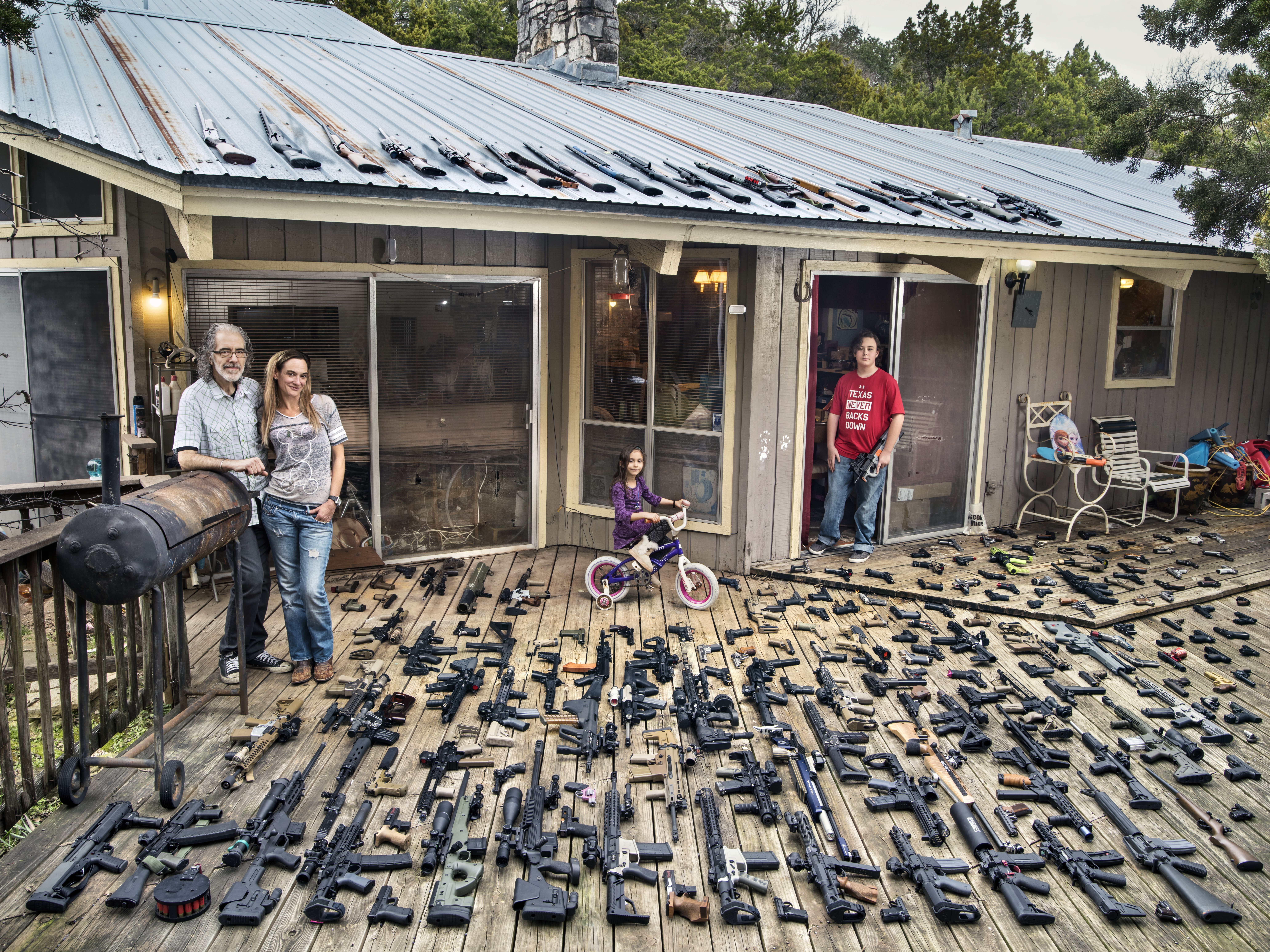
Gabriele Galimberti, Joel, Lynne, Paige and Joshua (44, 43, 5 and 11 years old) – central Texas, 2021
Later on, a collaboration with Barcelona-based urban planner Francesc Muñoz ties the exhibition to its immediate surroundings, ushering in a more scientific approach that scrutinises ‘very revealing’ data about water consumption in the region.
Meanwhile, considering the broader impact of Spain’s relationship with suburbia, the curator returns to his observations about what we consume via our screens as he hypothesises about what comes next. ‘For decades, suburbia was a landscape we only saw on television, but there are more and more developments around Spanish cities, and families leaving the centre for the periphery, often convincing themselves they are going to improve their lifestyle with very American arguments,’ he considers. ‘But there is a sustainability problem, and we need to explore how it can be solved, because what we see in the USA always ends up coming here.’
‘Suburbia. Building the American Dream’ is at Centre de Cultura Contemporània de Barcelona until 8 September 2024, cccb.org

Thomas Doyle, Bend, 2018
Zoe Whitfield is a London-based writer whose work spans contemporary culture, fashion, art and photography. She has written extensively for international titles including Interview, AnOther, i-D, Dazed and CNN Style, among others.
-
 This cult Los Angeles pop-up restaurant now has a permanent address
This cult Los Angeles pop-up restaurant now has a permanent addressChef Brian Baik’s Corridor 109 makes its permanent debut in Melrose Hill. No surprise, it's now one of the hardest tables in town to book
-
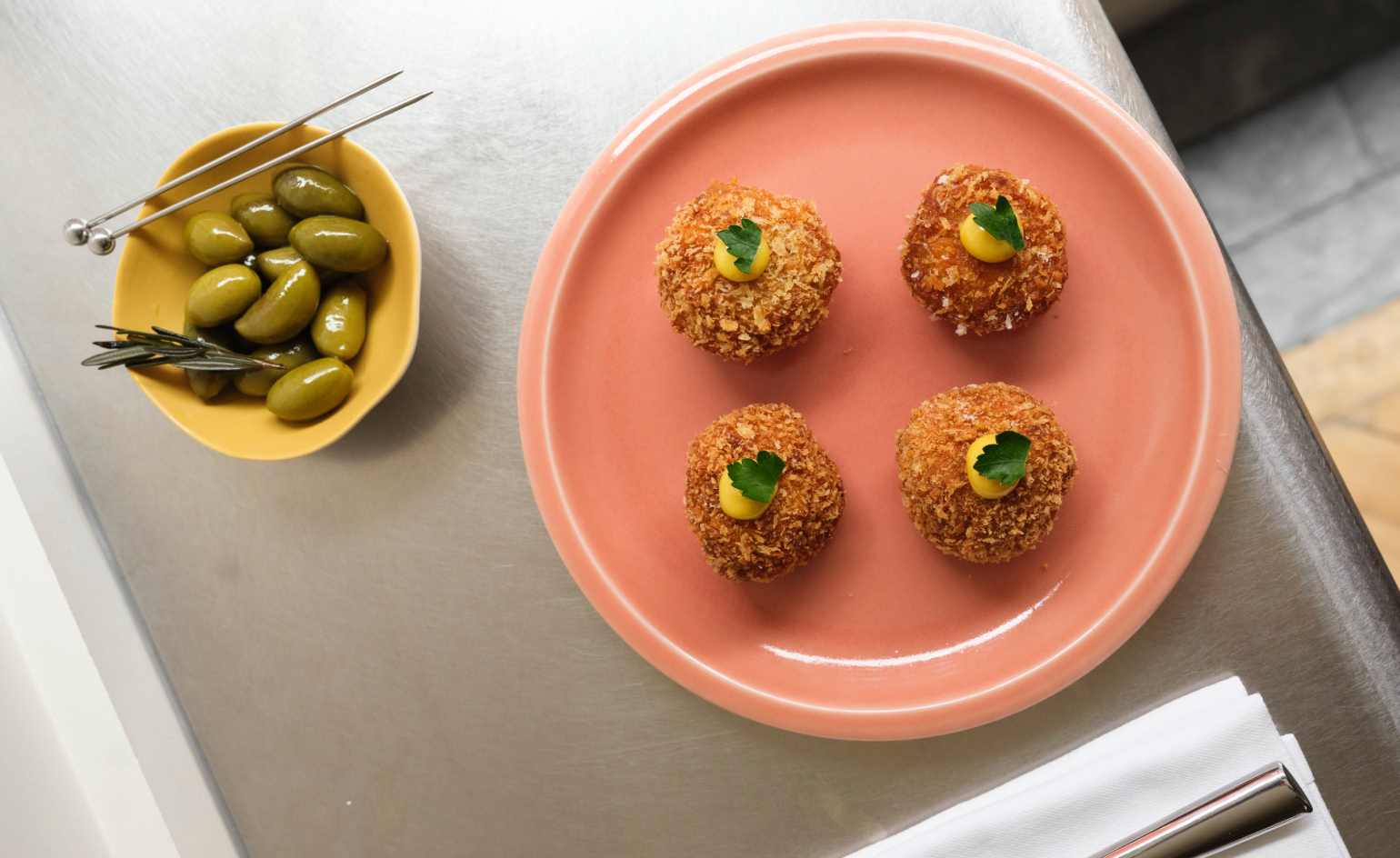 French bistro restaurant Maset channels the ease of the Mediterranean in London
French bistro restaurant Maset channels the ease of the Mediterranean in LondonThis Marylebone restaurant is shaped by the coastal flavours, materials and rhythms of southern France
-
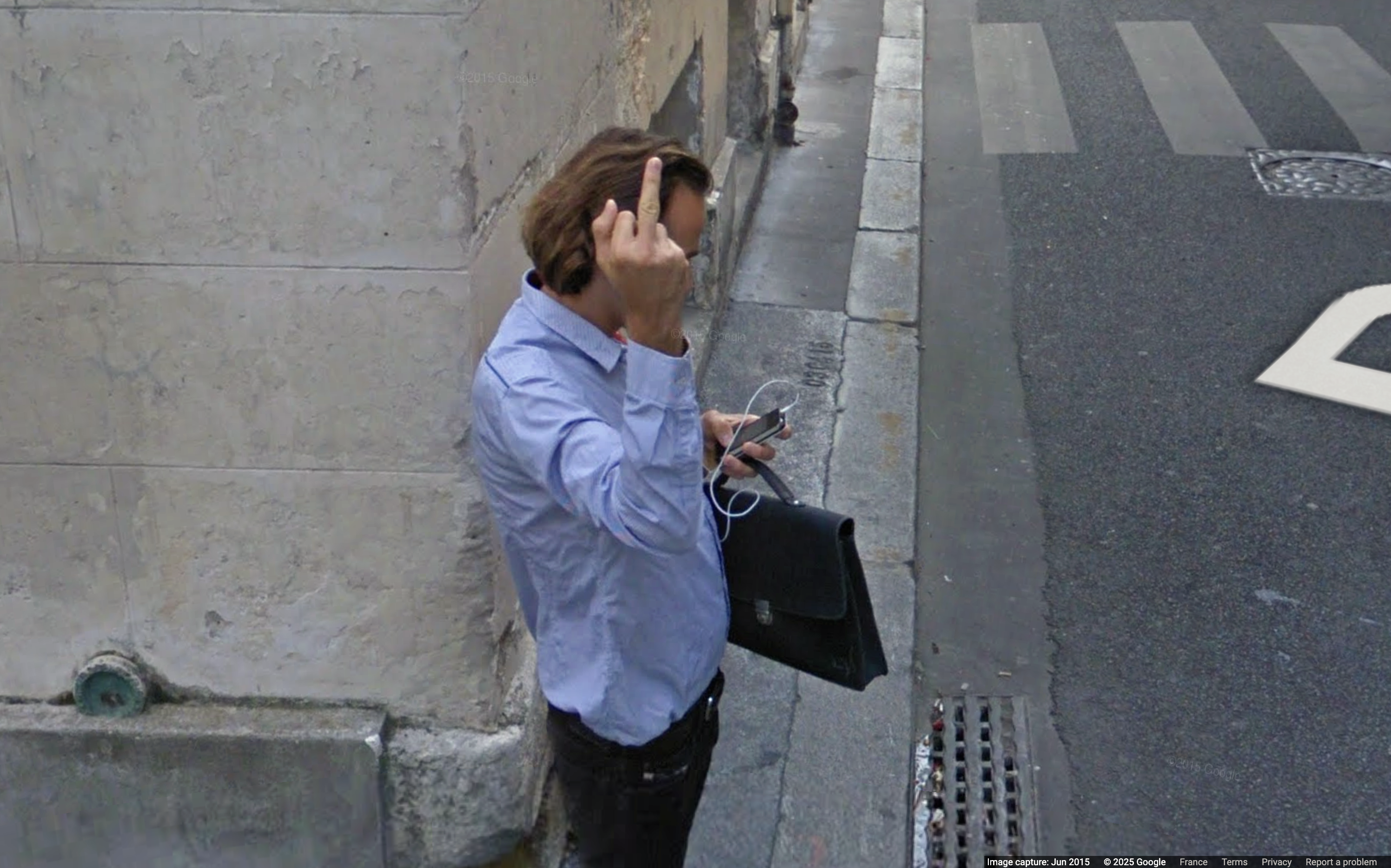 How ethical is Google Street View, asks Jon Rafman in Copenhagen
How ethical is Google Street View, asks Jon Rafman in CopenhagenIn 'Report a Concern - the Nine Eyes Archives' at Louisiana Museum of Art, Copenhagen, Jon Rafman considers technology's existential implications
-
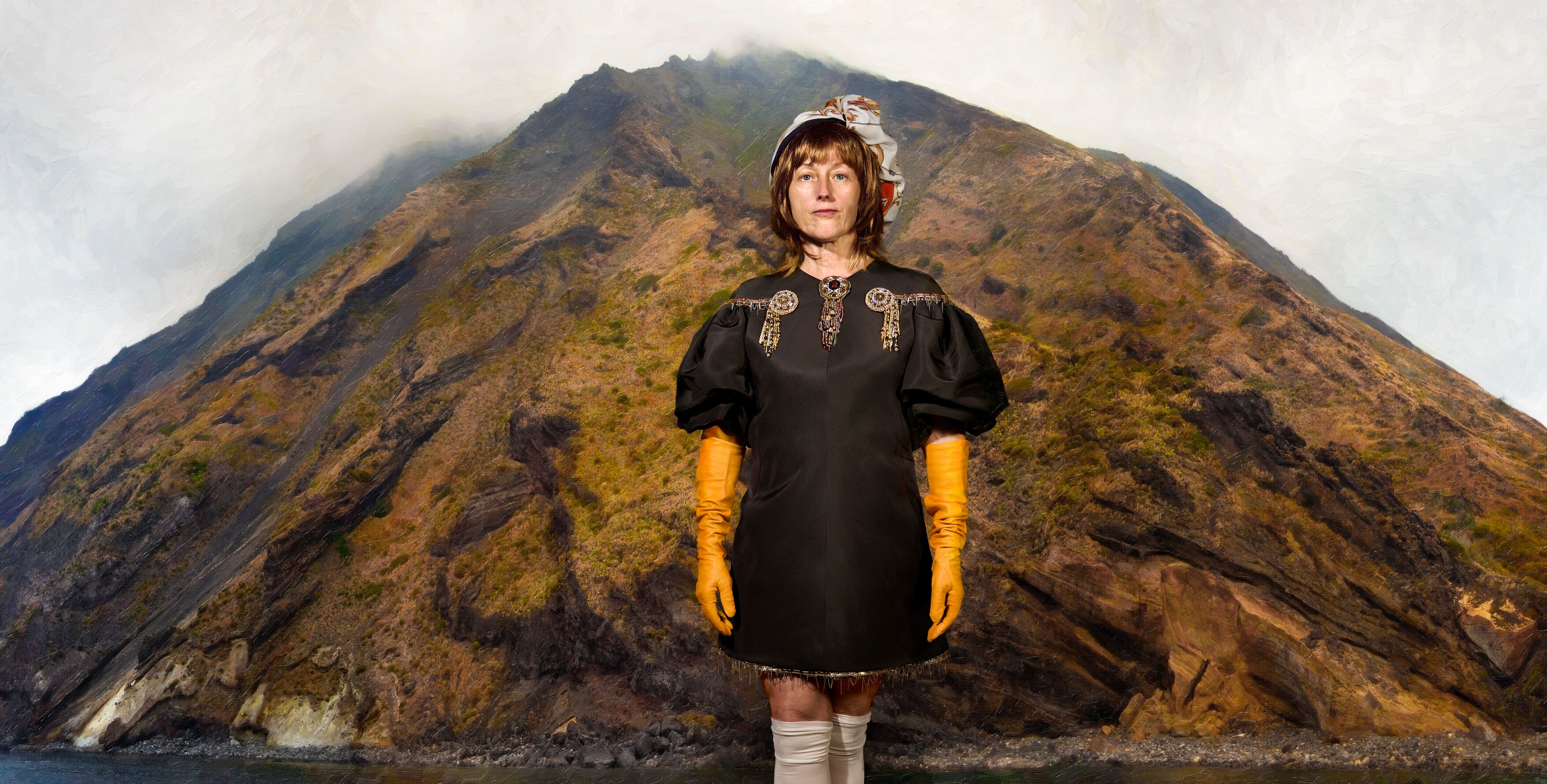 Cindy Sherman in Menorca: ‘She's decades ahead of social media and the construction of identity for the camera’
Cindy Sherman in Menorca: ‘She's decades ahead of social media and the construction of identity for the camera’‘Cindy Sherman: The Women’, its title a nod to an image-conscious 1930s Broadway hit, takes the American artist's carefully constructed, highly performative works to Hauser & Wirth Menorca
-
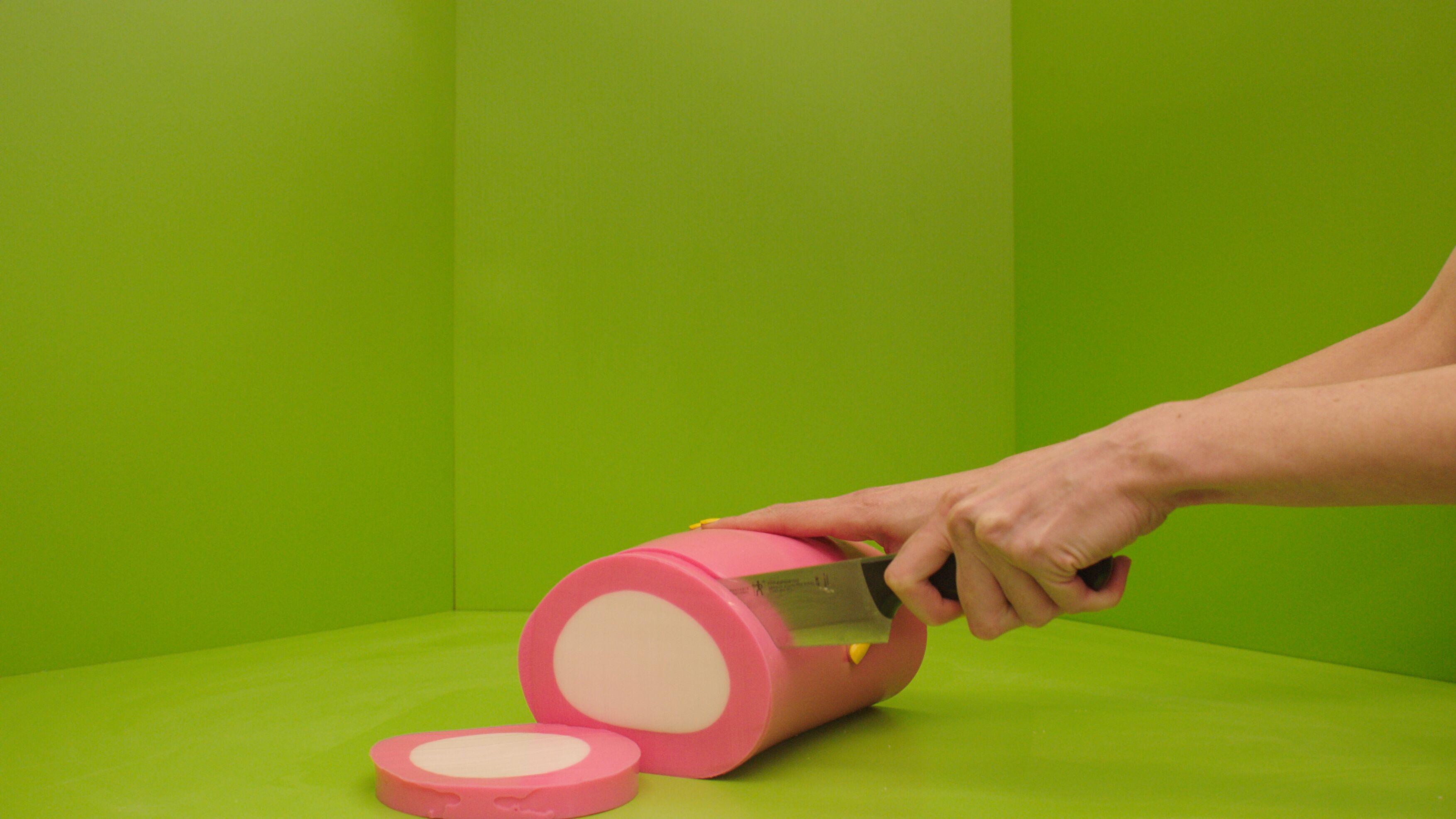 What is recycling good for, asks Mika Rottenberg at Hauser & Wirth Menorca
What is recycling good for, asks Mika Rottenberg at Hauser & Wirth MenorcaUS-based artist Mika Rottenberg rethinks the possibilities of rubbish in a colourful exhibition, spanning films, drawings and eerily anthropomorphic lamps
-
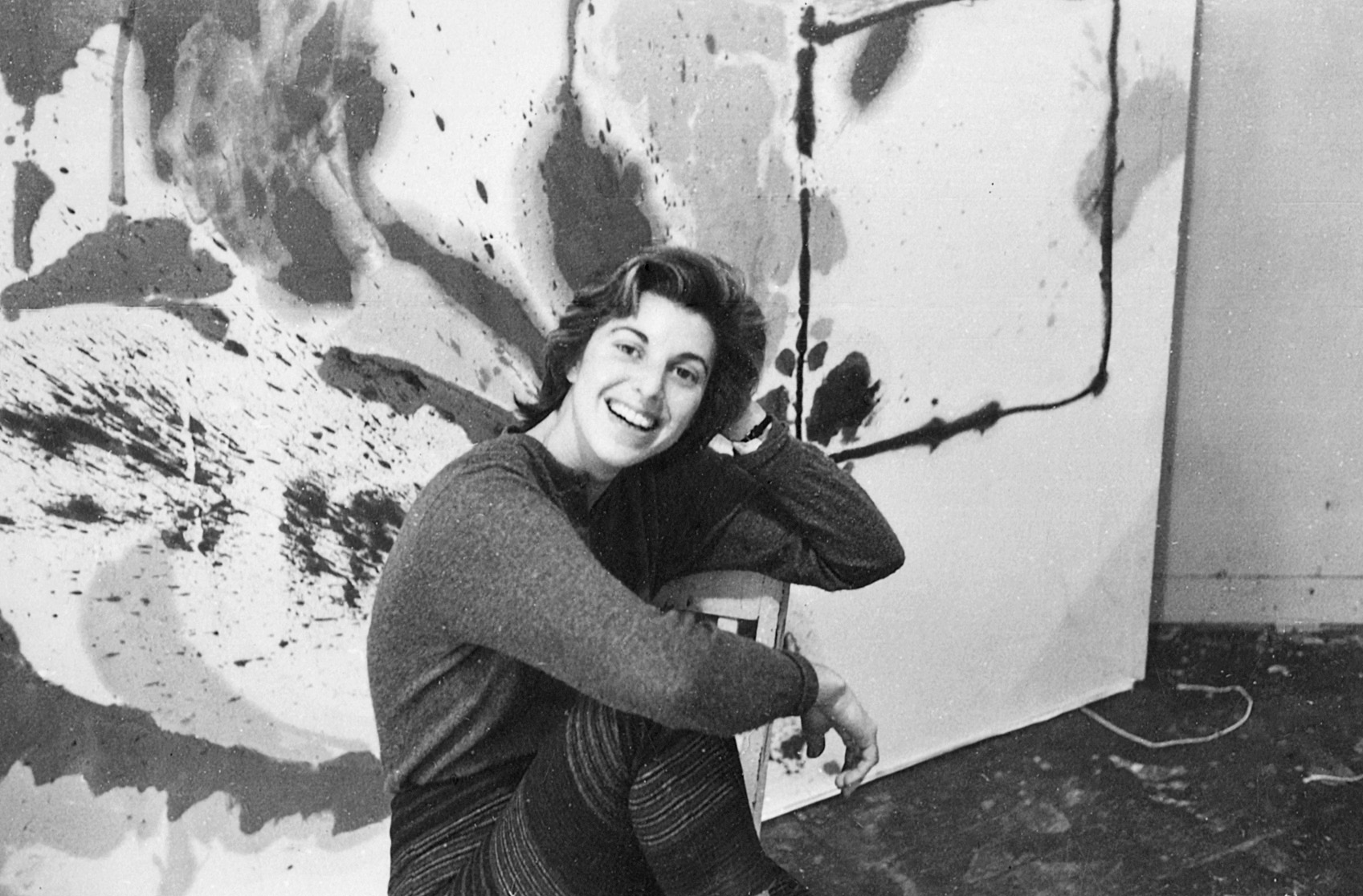 The largest posthumous survey of Helen Frankenthaler puts her in the frame with Pollock and Rothko
The largest posthumous survey of Helen Frankenthaler puts her in the frame with Pollock and RothkoGuggenheim Bilbao hosts 'Painting Without Rules', a major exhibition of soak-stain innovator Helen Frankenthaler’s paintings that also includes Pollock and Rothko
-
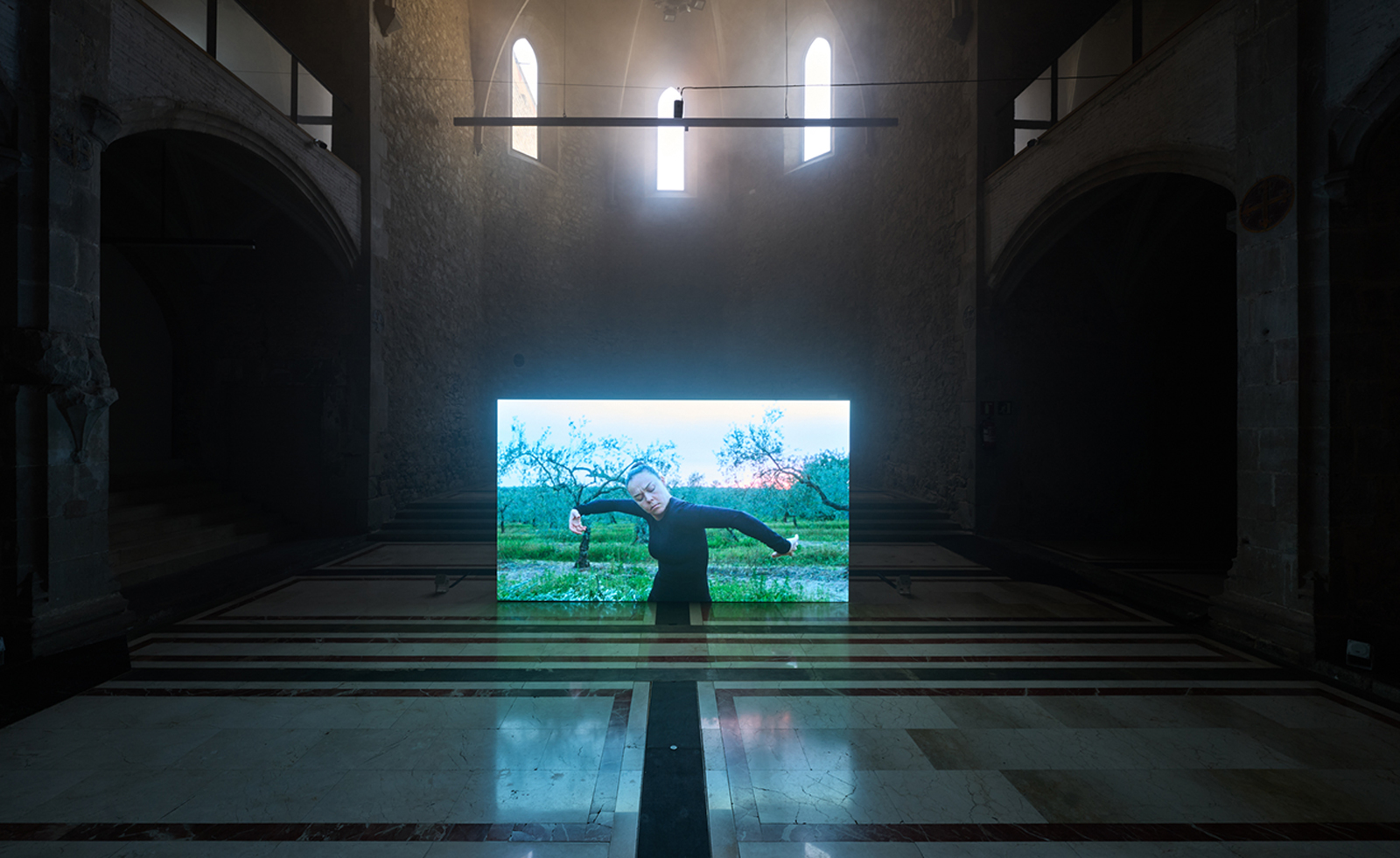 Wu Tsang reinterprets Carmen's story in Barcelona
Wu Tsang reinterprets Carmen's story in BarcelonaWu Tsang rethinks Carmen with an opera-theatre hybrid show and a film installation, recently premiered at MACBA in Barcelona (until 3 November)
-
 Ibiza is the new hotspot for contemporary art
Ibiza is the new hotspot for contemporary artGathering Ibiza opens, a Balearic outpost of the London gallery, as founder Alex Flick hails the island’s emerging contemporary art scene
-
 Helmut Newton’s life and work to be celebrated in a major exhibition in A Coruña, Spain
Helmut Newton’s life and work to be celebrated in a major exhibition in A Coruña, Spain‘Helmut Newton - Fact & Fiction’, created with the Helmut Newton Foundation, will open at the Marta Ortega Pérez (MOP) Foundation in November 2023
-
 Tanabe Chikuunsai IV wraps Casa Loewe Barcelona in 6,000 strips of tiger bamboo
Tanabe Chikuunsai IV wraps Casa Loewe Barcelona in 6,000 strips of tiger bambooInside the newly revamped Casa Loewe Barcelona, Japanese artist Tanabe Chikuunsai IV reflects on family traditions and environmental destruction with a staggering bamboo installation
-
 Ellen Gallagher at Centro Botín: a haunting, futuristic submersion in deep-sea life
Ellen Gallagher at Centro Botín: a haunting, futuristic submersion in deep-sea life‘A Law… A Blueprint… A Scale’, Ellen Gallagher’s first exhibition in Spain, is submerged in ocean life and anchored in myth, mystery and tragedy